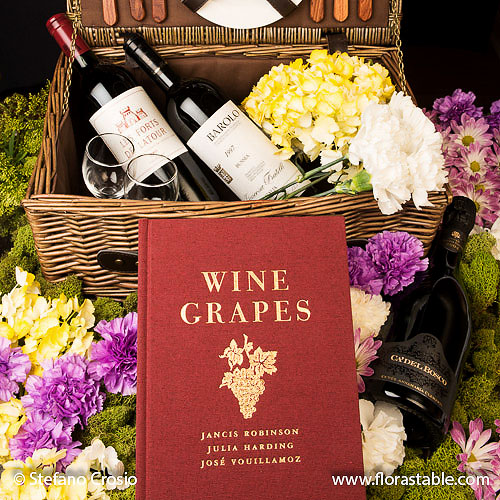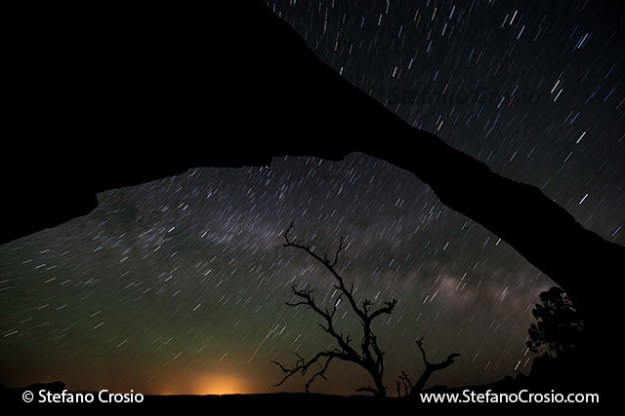 Summer has finally made its way to us, with some delay. So, what is there more refreshing and satisfying than a chilled bottled of foamy bubbles?
Summer has finally made its way to us, with some delay. So, what is there more refreshing and satisfying than a chilled bottled of foamy bubbles?
Before we even continue, though, I feel I have a confession to make. While I love a glass of good sparkling wine, I am definitely partial to Champagne or anyway to quality Classic Method sparklers, such as a nice Franciacorta or Trento DOC. Instead, I am not a big fan of Prosecco, I have to admit, or more in general of sparkling wines made with the Charmat-Martinotti Method. I just prefer the greater structure, the more complex aromatic and flavor palette of the former over the latter. There, I said it.
This, however, is a question of personal taste and is not meant to say that there are no good Prosecco’s out there (although you definitely need to know which ones are the quality producers if you want to avoid disappointments) or that there is no place for a good bottle of a Charmat-Martinotti Method sparkler on your table! To prove this, today I am going to tell you about the one Charmat-Martinotti Method Prosecco that, to date, I like best among those that I have had an opportunity to taste so far: Le Colture, Prosecco di Valdobbiadene Superiore di Cartizze Dry DOCG ($30).
The Bottom Line
Overall, I really liked this premium Prosecco and all that it offers. My only gripe is about the price: 30 bucks is in my view in the high end of the range, even for a quality Prosecco. Personally, I think it should be in the $20 to 25 price band. Other than that, in my view, the perfect interplay between its off-dry taste (due to its higher residual sugars) and its refreshing acidity and minerality is what really makes this Prosecco. Certainly, Champagne (or even a Classic Method spumante) it ain’t, but nor does it claim to be. There is definitely a place for this Prosecco in my fridge (and I would think it would not be wasted in yours either!) to enjoy chilled with friends on one of those warm Summer nights!
Rating: Good to Very Good  – $$
– $$
(Explanation of our Rating and Pricing Systems)
About the Appellations
Prosecco wine is made prevalently or exclusively from partly-aromatic Glera (also known as Prosecco – see more about this below) white-berried grapes in two Italian DOCG appellations and in one more loosely regulated inter-regional DOC appellation, as follows:
- Prosecco di Conegliano Valdobbiadene (or simply Prosecco di Valdobbiadene) DOCG in the Veneto region, near the town of Treviso;
- Prosecco dei Colli Asolani DOCG in the Veneto region, near and including the town of Asolo;
- Prosecco Spumante DOC, an appellation which covers a vast territory stretching between the regions of Veneto and Friuli.
The regulations of the two DOCG appellations require that their Prosecco wines be made 85% or more from Glera grapes, to which up to 15% of Verdiso, Bianchetta Trevigiana, Perera or Glera Lunga white-berried grapes may be blended. The regulations of the DOC appellation are similar but permit that a few additional grape varieties be blended to the Glera base grapes, as follows: Chardonnay, Pinot Bianco, Pinot Grigio or Pinot Noir.
Prosecco is one of the main examples of a sparkling wine made according to the so-called Charmat-Martinotti Method, although there are a few producers who also make some very good Classic Method Prosecco’s. Compared to the Classic Method, the Charmat-Martinotti Method is a quicker and cheaper production process for sparkling wine, which is known to maximize primary (or varietal) aromas although it generally sacrifices the wine structure and the finest perlage. For more detailed information, please refer to our post on the Charmat-Martinotti Method.
With regard to residual sugar levels, according to applicable regulations, Prosecco spumante wines may be produced in any of the following styles, and therefore except only in the Extra Brut (less than 6 gr/lt of residual sugar) or Sweet (more than 50 gr/lt of residual sugar) versions:
- Brut (less than 15 gr/lt of residual sugar)
- Extra Dry (12 to 20 gr/lt of residual sugar)
- Dry (17 to 35 gr/lt of residual sugar – as in the case of the bottle that we are reviewing)
- Demi-Sec (33 to 50 gr/lt of residual sugar, which would make it taste quite sweet).
About the Grape
Here things for Prosecco tend to complicate a bit…
Up until recently, Prosecco was the name for three things: the wine, its main grape variety and the homonymous village near the town of Trieste (in the Italian region of Friuli) that probably gave the wine and the grape their name. Relatively easy so far.
Then in 2009, with Prosecco’s popularity and sales soaring (in 2011 the overall production of Prosecco was about 265 million bottles, 55% of which were exported), the consortium of Prosecco producers obtained an official change in the name of the grape variety, from Prosecco to Glera, so that Prosecco would only be the name of the wine (and not of the grape variety too) and could therefore be reserved for its designation of origin, thus preventing other producers from other Italian regions or other countries from calling their sparkling wines Prosecco (in this regard, see our recent post about the dispute with Croatia to require that they rename their own Prosek wine).
At any rate, the main grape variety that is used in the production of the wine Prosecco was called Prosecco Tondo (now Glera) which DNA profiling has shown to be identical to a rare variety that is indigenous to the Istria region of Croatia named Teran Bijeli. This evidence supports the theory of an Istrian origin for the Prosecco/Glera grape variety.
Other grapes that may be used in the production of the wine Prosecco and that used to be considered clonal variations of Prosecco Tondo, but DNA analysis has proved to be distinct varieties, are Prosecco Lungo and Prosecco Nostrano (the latter, by the way, has been proven to be identical to Malvasia Bianca Lunga).
(Information on the grape varieties taken from Wine Grapes, by Robinson-Harding-Vouillamoz, Allen Lane 2012)
About the Estate
Le Colture estate is located in proximity to Santo Stefano di Valdobbiadene, in the heart of Veneto’s Prosecco district, and encompasses about 45 HA of vineyards. The bottle that we are about to review is made from 100% Glera grapes grown in Le Colture’s vineyards in the high quality, hilly subzone known as Superiore di Cartizze and located near the village of San Pietro di Barbozza (in the surroundings of the town of Valdobbiadene) within the broader territory of the Prosecco di Valdobbiadene DOCG appellation. The grapes are harvested between mid September and mid October and the wine is made, as is traditionally the case for Prosecco’s, through the refermentation of the must in pressurized autoclaves according to the Charmat-Martinotti Method. Please refer to our previous post about it for more information about this method, the main steps it entails and how it differs from the Classic Method that is utilized for making (among others) Champagne, Franciacorta and Trento DOC sparkling wines.
Our Detailed Review
Let’s now get to the actual review of Le Colture, Prosecco di Valdobbiadene Superiore di Cartizze Dry DOCG, which retails in the US for about $30.
The wine is made from 100% Glera grapes, has 11% ABV and comes in the “Dry” variety, which means that it has fairly high residual sugar, in the amount of 23 gr/l. At 4.5 ATM, the pressure in the bottle is also gentler than that which you would generally expect in a Classic Method wine (about 6 ATM), except in a Franciacorta Saten variety.
As usual, for my review I will use a simplified version of the ISA wine tasting protocol that we described in a previous post: should you have doubts as to any of the terms used below please refer to that post for a refresher.
In the glass, the wine was brilliant with a pleasant straw yellow color. As to the all-important perlage, its bubbles were numerous, average in size (not the finest, but certainly not coarse either) and the chains of bubbles were definitely long-lasting.
On the nose, its bouquet was moderately intense, moderately complex and fine, with Spring-y aromas of jasmine flowers, peach, citrus and apple: something capable in and of itself to put you in a good mood. 🙂
In the mouth, this Prosecco was off-dry, with low ABV and moderately smooth; it was acidic and tasty. It was light-bodied and pleasantly balanced, with its lively acidity and tasty minerals nicely counterbalancing its higher residual sugars any preventing any flatly sweet feeling. Its mouth flavors were intense and fine, showing a nice match with its aromatic palette, with refreshing notes of peach, citrus and apple. It had a medium finish and its evolutionary state was mature, meaning: do not cellar, drink it now and enjoy its freshness.
![]()










